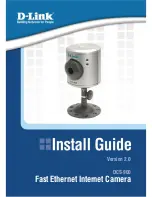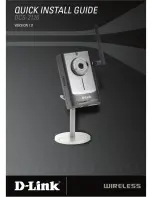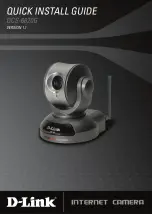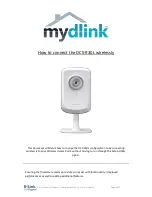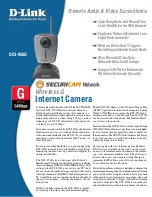
V1.02
Thom Hogan’s Complete Guide to the Nikon D300
Page 383
sensor that’s going to be used, it needs to cover more than
half of the sensor for the sensor to detect properly.
One final comment about the new system before we drop into
the various modes and methods you have available: there’s
now a very brief lag before the autofocus system engages the
first time. If you let go of the shutter release and again half-
press it, you’ll encounter that lag. If you keep the shutter
release part-way engaged and do something else that triggers
a refocus (perhaps because you’re in Continuous Servo AF),
there is no lag.
The Nintendo-like Direction pad on
the back of the D300 is used to select
autofocus sensors and to navigate the
camera’s menus. If the Direction pad
doesn’t seem to be functioning
correctly, move the lever just below
the pad (see green arrow) to make
sure that it isn’t in the
L
(lock)
position. In the illustration, it’s in the
unlocked position (dot) and moving
the lever in the direction of the arrow
would lock the pad.
The autofocus sensor used in the D300 is called the
CAM3500DX by Nikon. In the D3, the same part is called the
CAM3500FX, though I believe that physically they are the
same (the difference comes in how the software algorithms
are applied). The D300 is the first camera that uses the
CAM3500DX sensor. Previous Nikon cameras used either the
CAM900 (N65, N75, N80, D50, D70, D70s, and D100),
CAM1000 (D80, D200), CAM1300 (F100, F5, and D1 series),
or CAM2000 (D2 series). The numbers in the part names
indicate the overall AF sensing area, by the way, so all else
equal, a CAM3500 is better than even the D2 series’
CAM2000, because it has 1500 more units of sensing area.
Obviously, we’ve got a lot to understand; the D300’s
autofocus system is quite complex, and so far we’ve only
touched on the technical side. Besides the physical part and
its characteristics, you need to understand the software side of
































